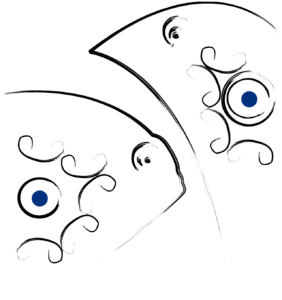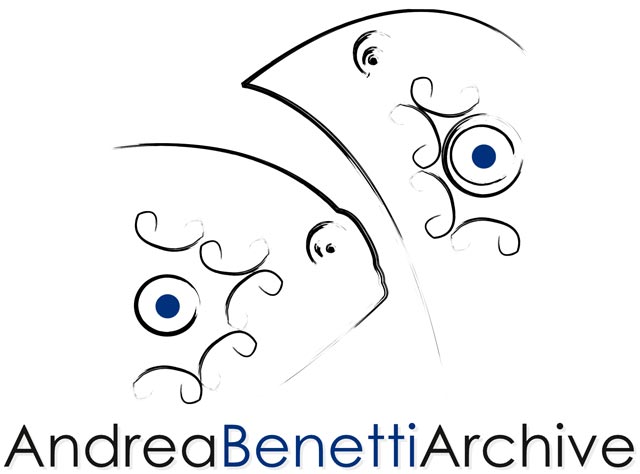Andrea Benetti, a Neorupestrian in Milan
In Milan, Spazio Theoria is hosting the solo exhibition of Andrea Benetti (Bologna, 1964), a painter, photographer, and draftsman from Bologna whose artistic research explores and reinterprets the tradition of cave painting. The project Prehistoric Wave, curated by Luciana Apicella, features a body of 20 works created using pigments dating back 40,000 years, discovered in the Grotta di Fumane (Verona). This project is realized in collaboration with the Department of Arts at the University of Bologna and the Department of Biology and Evolution at the University of Ferrara.
The exhibition showcases works on canvas, created with gypsum powder, marble, and pietra serena, subsequently pigmented with materials dating back to the earliest periods of human development: sediment from the washing of archaeological finds, earth, ochre, and charcoal.
Benetti, who in 2009 authored the Manifesto of Neorupestrian Art, presented at the 53rd Venice Biennale in the Nature and Dreams pavilion at Ca’ Foscari University, writes in the opening of this document:
“At the dawn of humanity, even before inventing writing, man felt the need to communicate, to leave a trace of himself in the world; he did so through painting.”
Starting from the awareness that cave art has guided the evolution of pictorial representation up to the present day—paving the way for figurative art, abstraction, symbolism, and conceptualism—Benetti pays tribute to one of the oldest forms of artistic expression. He cites, transforms, and reinvents the marks left by ancient peoples who painted or engraved images onto rock surfaces, creating panels with a strong material character. These works explore the relationship between pictorial surface and representation through a bold use of materials.
On another level of interpretation, Benetti’s work establishes a dialogue of mutual reciprocity, based on visual affinities, between today’s digital language and that of prehistoric peoples, simultaneously creating an ideal bridge between the artist of the Third Millennium and his Paleolithic counterpart.
“In a world that is drifting, my impulse was to reset everything, to start over by placing human rights and environmental protection at the core of my artistic reflection. Symbolically, starting from scratch in art means precisely going back to the origins, looking at the caves.”
Sponsored by the communication agency Theoria, the exhibition (open until December 2) is part of the Artheoria project, which, through a rich calendar of events and leveraging the concept of contamination, aims to offer an experience of artistic enjoyment in a space different from those traditionally dedicated to the sharing of art.
Francesca Interlenghi |
Art Critic and Historian |
Journalist for Il Giornale dell’Arte |




